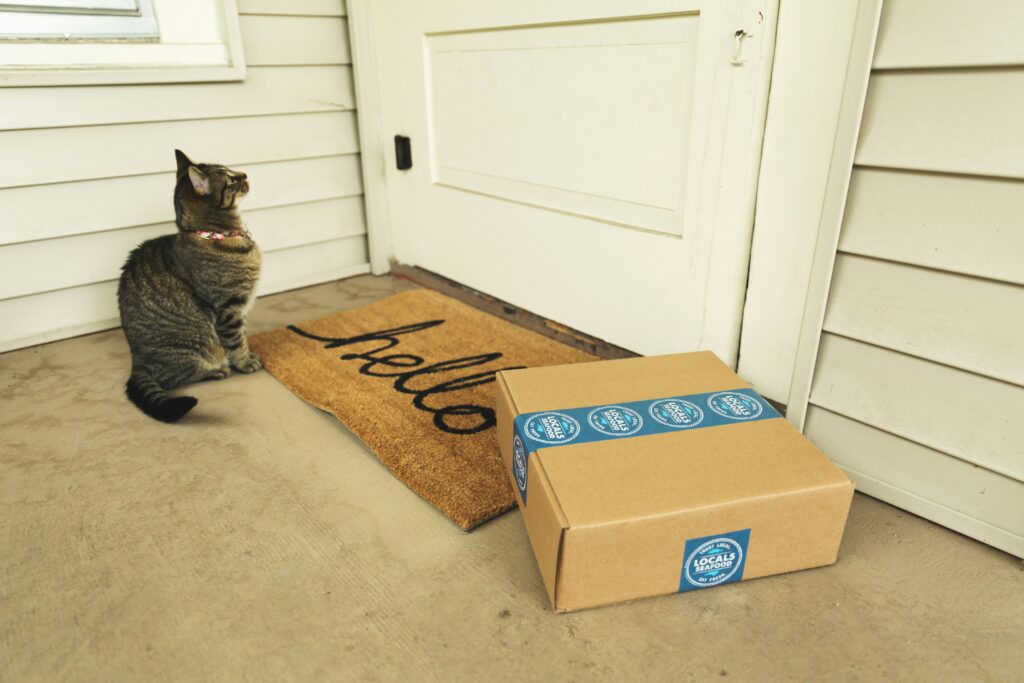Automating Asset Delivery Tracking in the Jira Customer Portal: A Developer’s Guide

In many organizations, customers request physical or digital assets via the Jira Service Management portal. Tracking the status of these deliveries and keeping the requestor informed is critical for transparency and customer satisfaction. This blog post outlines a robust solution using Jira Automation to manage and visualize the delivery process directly in the customer portal — without requiring manual updates.
This solution is split up into three automated phases:
- Form Attachment on Request Creation (Phase 0)
- Scheduled Delivery Status Collection (Phase 1)
- Form Update via Webhook (Phase 2)
This modularity ensures each phase can be updated, debugged, or replaced independently. Let’s break them down.
Phase 0 – Automatically Attach Delivery Status Form
The goal is to ensure a delivery tracking form is available only when relevant, and only once per ticket.
How it works:
- Trigger: Incoming webhook (typically triggered upon request creation)
- Condition 1: Request type is the one dedicated to the asset delivery, for example “Request new asset”
- Condition 2: ProForma form has not been attached yet
- Action: Attach the specific form template, set visibility to external, prevent duplicates
Developer Tips:
- Make sure the form ID and project ID are consistent and exist in the right configuration
- Validate that the form visibility is set to external
- Avoid duplications by checking form existence before attachment
Phase 1 – Periodic Delivery Status Aggregation
The purpose of this phase is to aggregate delivery status updates every 8 hours and pass that data to the form. It consolidates the status of all delivery sub-tasks into a clean, structured summary — ready to be injected into a visible form.
How it works:
- Lookup delivery tickets (Delivery asset) that are in progress
- For each, find the linked ticket generated on the portal from the customer
- Check if it has had updates in the last 8 hours (efficiency guard)
- Create a Markdown table summarizing the statuses
- Push the summary to the next phase via an outgoing webhook
Phase 2 – Webhook Receiver & Form/Field Updater
The last step consists of receiving the delivery update table and publishing it to the user-facing form. It guarantees up-to-date status tracking that’s customer-facing and completely hands-off for internal teams.
How it works:
- Open the ProForma form (status:
OPEN) - Wait 3 seconds (prevent race conditions)
- Update the custom field
Delivery Detailswith a predefined quote block +{{webhookData.table}} - Submit the form (status:
SUBMITTED) so the user sees the update
This automation framework turns Jira into a lightweight delivery tracking system — without needing third-party plugins or manual effort. It offers transparency, reduces SLA risks, and elevates customer experience by meeting them where they already are — in the portal.
If your organization handles asset delivery in Jira, this pattern is well worth replicating.
These Solutions are Engineered by Humans
Did you find this article interesting? Does it match your skill set? Our customers often present us with problems that need customized solutions. In fact, we’re currently hiring for roles just like this and others here at Würth Phoenix.







